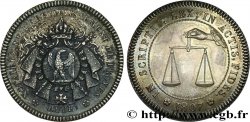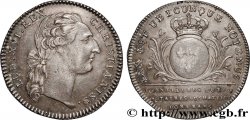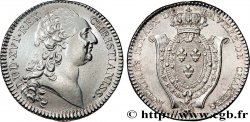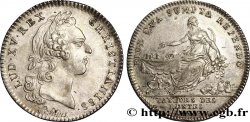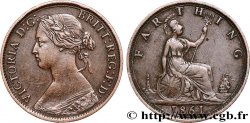fjt_230887 - NOTAIRES ROYAUX Notaires de Paris, émission de 1756 - Louis XV 1720
无库存.
所有在网站上销售的产品 (2022)
价格 : 220.00 €
所有在网站上销售的产品 (2022)
价格 : 220.00 €
种类 Notaires de Paris, émission de 1756 - Louis XV
日期: 1720
材质 silver
直径 29,5 mm
模子方针 6 h.
重量 8,63 g.
侧面 lisse
稀少度 R1
关于品相的说明
De petites marques de manipulation mais cet exemplaire laisse voir une bonne partie de son brillant d’origine. De petites taches noires ou dorées apparaissent ça et là. Grènetis légèrement hors flan au revers mais complet à l’avers
正面
正面的文字 LUD. XV. REX - CHRISTIANISS..
正面的说明书 Buste de Louis XV à gauche [Feuardent n° 333], signature R. FILIUS cursive sous le buste, type Guéant Prieur 628F.
正面的翻译 (Louis XV, roi très chrétien).
背面
背面的文字 LEX EST QVODCVMQ. NOTAMVS..
背面的说明书 Un gnomon ; à l’exergue en trois lignes : CONers DV ROY ET / NOTAIRES. / 1720..
背面的翻译 (Est loi ce que nous rédigeons).
评论
Gnomon est un terme qui vient du grec gnômôn, indicateur, et qui désigne un instrument servant à marquer les hauteurs du soleil par la direction de l’ombre qu’il porte sur un plan ou une surface courbe. Le gnomon est utilisé dans l’Antiquité gréco-latine où il aurait été découvert par Anaximandre, successeur de Thalès, chez les Chinois, les Égyptiens, les Péruviens, les Musulmans qui ont d’ailleurs laissé plusieurs traités de gnomonique (théorie de la construction des cadrans solaires). Les deux plus célèbres sont ceux de l’église de Bologne construit par Cassini en 1653 et celui de l’église Saint-Sulpice à Paris construit en 1742. Le gnomon a servi d'emblème associé à la devise "Lex est quodcumque notamus" selon la création du père Ménestrier en 1686 pour les secrétaires du roi qui ne s'en sont jamais servi. L'invention fut reprise par les notaires de Paris puis par les notaires de Province.
Gnomon is a term that comes from the Greek gnômôn, indicator, and which designates an instrument used to mark the heights of the sun by the direction of the shadow it casts on a plane or curved surface. The gnomon was used in Greco-Latin Antiquity where it was discovered by Anaximander, successor of Thales, among the Chinese, the Egyptians, the Peruvians, the Muslims who also left several treatises on gnomonics (theory of the construction of sundials). The two most famous are those of the church of Bologna built by Cassini in 1653 and that of the church of Saint-Sulpice in Paris built in 1742. The gnomon served as an emblem associated with the motto \\\"Lex est quodcumque notamus\\\" according to the creation of Father Ménestrier in 1686 for the king's secretaries who never used it. The invention was taken up by the notaries of Paris and then by the notaries of the Provinces
Gnomon is a term that comes from the Greek gnômôn, indicator, and which designates an instrument used to mark the heights of the sun by the direction of the shadow it casts on a plane or curved surface. The gnomon was used in Greco-Latin Antiquity where it was discovered by Anaximander, successor of Thales, among the Chinese, the Egyptians, the Peruvians, the Muslims who also left several treatises on gnomonics (theory of the construction of sundials). The two most famous are those of the church of Bologna built by Cassini in 1653 and that of the church of Saint-Sulpice in Paris built in 1742. The gnomon served as an emblem associated with the motto \\\"Lex est quodcumque notamus\\\" according to the creation of Father Ménestrier in 1686 for the king's secretaries who never used it. The invention was taken up by the notaries of Paris and then by the notaries of the Provinces







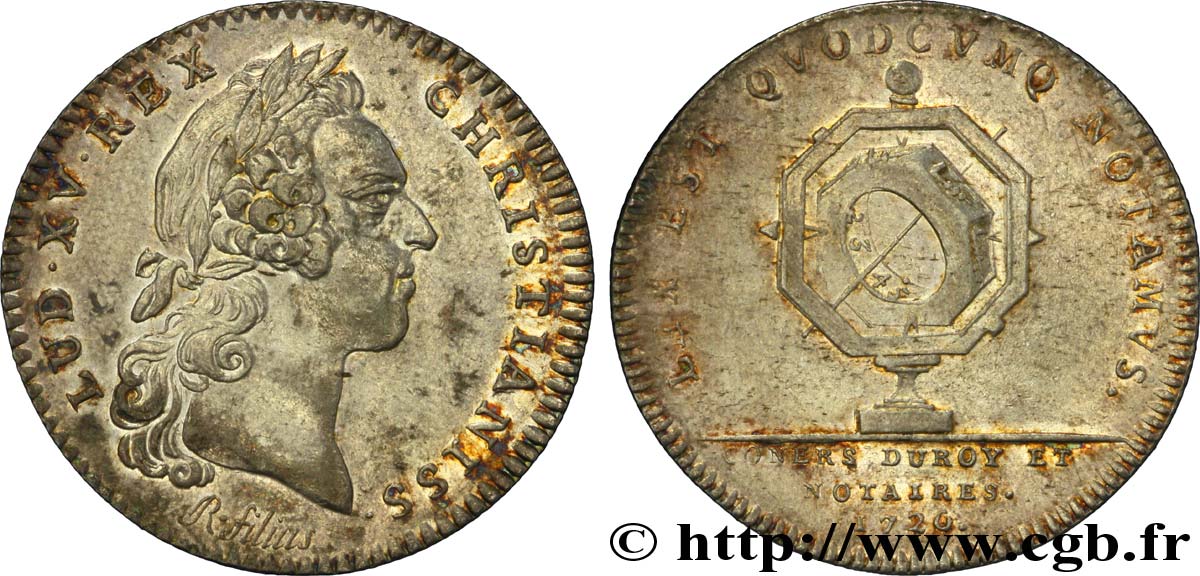
 对产品描述纠错
对产品描述纠错 打印
打印 分享我的选择
分享我的选择 提问
提问 Consign / sell
Consign / sell
 产品介绍
产品介绍